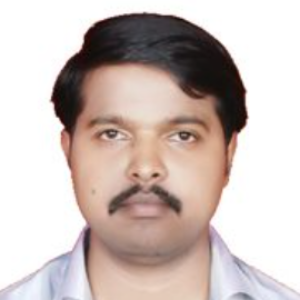Title : Understanding the doping mechanisms in C-N-S tridoped TiO2
Abstract:
The multi non-metal doping of C-N-S into TiO2 has attracted significant interests because of low energy substitution of carbon, nitrogen and sulfur from the cheaply available precursors (thiourea, L-cystine and L-cysteine), stabilization of the anatase crystal structure, red shift in the band gap response towards the solar spectrum, cooperative interactions with these codopants, and the absence of any impure phase formation and with high doping density during the substitution process. Despite of these unique features, reports on C–N–S-TiO2 are not extensive and the discussions presented are far from the relevant aspects of the doping mechanism. With the intention of shedding light on the pros and cons of C–N–S-TiO2, this presentation is framed to understand the beneficial effects multiple doping in photocatalysis, doping mode of each dopant in the codoped system with respect to the reaction conditions and contradictions about the doping states of each dopant in the codoped system with reference to the previous literature. The concepts like modifications of defect structures, dopant distribution, doping mode and mutual interferences among them will be dealt. The codoping process involving carbon, nitrogen and sulfur is quite complicated as several doping modes are witnessed for each dopant, which are coupled to other factors like dopant diffusivity and solubility, extent of doping, dopant segregation at the surface, nature of the dopant precursor, unpredictable interactions of the dopant states, and interactive reactions between the dopant and titania precursor together with the annealing conditions.
Keywords: Co-doping; TiO2 photocatalysis; Doping mechanism; Precursor effects; Preparation methods
Audience take-away:
- The non-metal doping considering the sensitivity in the preparation method will be outlined, the audience can choose the reaction conditions to obtain effective tridoped system. Also, the preparation conditions can be extended to other metal oxides as well. The difficulties associated to understand the doping mechanism will be simplified which can be useful for the design of doped oxides.



